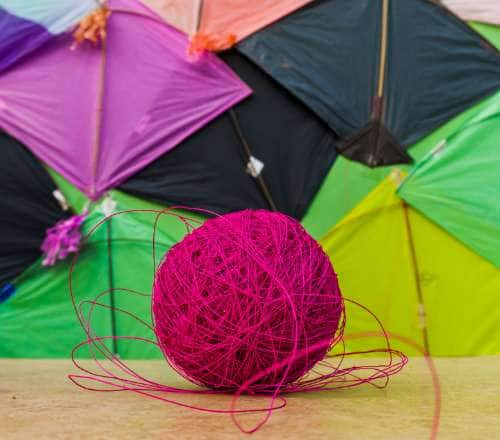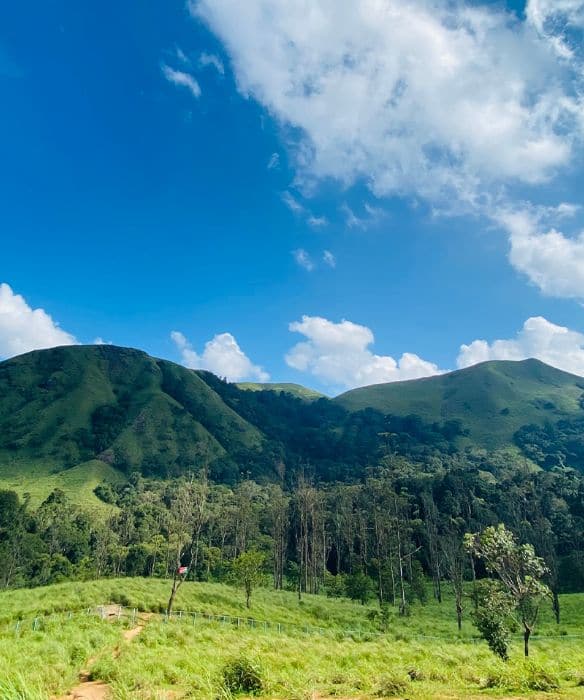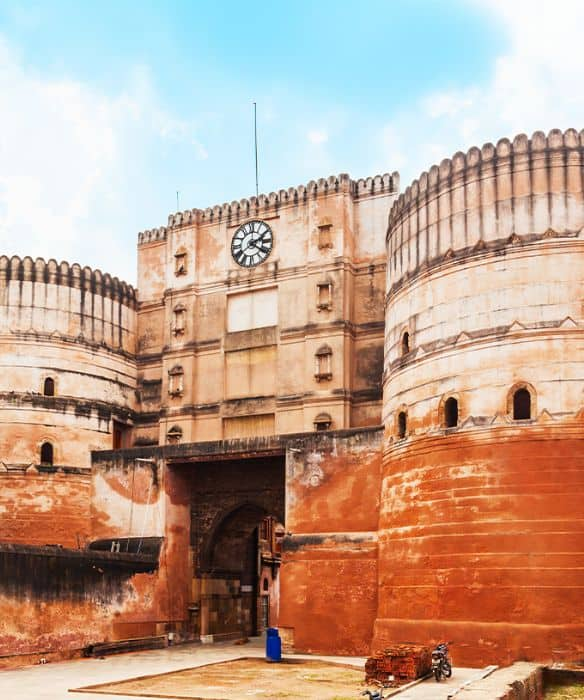Stay logged in to proceed with bookings, orders and offers.
On changing the terminal, you will loose items in your cart. Are you sure you want to change your terminal?
Explore the culture of Sainji, the Corn Village of India
What do you imagine when you think of Mussoorie?
A hill station from the British era with colonial cottages, cute cafes and a chaotic Mall Road with people shopping for woollens and slurping softies.
The beautiful Garhwal Himalayas surround Mussoorie, but there is more to those mountains. Beyond Mussoorie, in the Jaunpur block of the Tehri Garhwal district lies a giant patch of corn at the foothills of the Himalayas. And between these verdant valleys of corn fields dwells Sainji, the Corn Village of India, also dearly known as Bhutta Gaon.
After exploring Mussoorie and Landour, I booked a cab and decided to tick off Sainji from my bucket list. The drive from Mussoorie to Sainji was scenic. I could see corn fields greeting me on the roads towards the foothills. The Corn Village arrived like a breath of fresh air.
Come, let me take you on a virtual trip to Sainji!
Read More
Read Less
As soon as I entered Sainji, the first thing I noticed on the left was this cafe. I filled my tummy before walking towards the village. It is not a typical cosy cafe but an open deck, overviewing the corn fields and the mountains on all three sides. The fourth side has a simple and open kitchen. Everything on the menu had corn in them, handmade from scratch. I ordered a plate of Corn Nachos and Salsa, and oh, so delicious! The freshness of corn and eating the chips overlooking the fields relaxed my mind and made me comfy.
The lane outside the cafe continued towards a small gate which led to a fascinating corn hamlet. Upon entering, I immediately understood why it is called the Corn Village of India. Every house here is of typical Garhwali wooden architecture, painted in vivid colours and adorned with bunches of corn.
The doors, windows and passages of all the houses are embellished with clusters of corn cobs tied together with a thread. They are usually hung there to dry the cobs and the seeds thoroughly ready them for the next sowing season. However, it has also become a part of the decoration of the village. The sight of bountiful hanging corn cobs is enough to realise the corn harvested yearly.
The entire village was paved with stones, and had a canal which provided water for irrigation and washing to the villagers. The village has about 35 families with humble dwellings of different colours each. But, the sight of the children playing at the chowk and women gathered to help each other with daily chores comes upon as any other usual Indian village.
While I walked down the paved path of the super clean village, I saw a girl teaching another how to wash utensils at the canal. Further, I met a few children playing and waving at the window where a little boy was shying away from them. I was mesmerised by how beautifully the wooden houses were painted as part of the Garhwali spirit and showed the inkling of Sainji with the hanging orangish corn cobs. There is no other village like Sainji in the world.
Later, I met a group of women at a house, talking and cutting vegetables for dinner. They all welcomed me and asked how I liked their village. I sat with them, and we chatted for a while, asked each other's names, laughed at jokes and clicked pictures.
One of the women accompanied me further down the village to show me her house at the end of the road. The village ends with an endless view of mountains meeting the sky and I went awestruck and a bit greedy of the view she had from her house. The kind lady who showed me her garden and offered me tea was Lori's sister-in-law.
Lori is a Canadian-born who came to India in 1998 and started working on her passion for children's education. In the journey of following her passion, she met Kunwar Singh from Sainji village, who she married and worked with to turn their dream project of Garhwal English Medium School into reality. Together they bought land for the school, now being built in the Jaunpur area. They took utmost care for the prosperity of the village and its residents.
I was lucky to bump into Lori at the corn cafe the couple owns and runs. I expressed my gratitude towards her for all the work she is been doing for the village. She told me about her donation drive for the school and I asked her about the volunteering opportunities at the Sainji village. Many travellers come here to educate and share their skills with the children while exploring the town.
Around 18 km from Mussoorie and 5 km from Kempty Falls. It takes about half a day to explore the village fully. The best time to visit is during the harvest season, from October to December, to witness the abundance of corn cobs. You can reach Sainji by taking a taxi from the Library Chowk at Mussoorie. The airport nearest to Sainji is Dehradun Airport, and the nearest railway station is Dehradun Railway Station.
People of Sainji love their Maund Mela, or the fishing festival of Maund. Sometime in June, they gather at the nearby Aglar river to catch fish, but before that, they deplete the oxygen from water by sprinkling powder made from crushing the bark of the Timru tree. This makes the fish-catching easier as the fish gets fatigued.
In January, the villagers of the corn village participate in a goat-sacrificing festival, Maroj Festival, after long, hard-working months of fieldwork. The village sacrifices goats and cut the meat into thin strips, hung in the kitchen for natural preservation. On the main day of the Maroj celebrations, people enjoy the mutton preparations with the locally homemade liquor of 16 grains and tree saps called Kacchi. This makes passing the cold month easier with the merriment of singing and dancing.
Immerse yourself in the culture of Sainji through conversations with the locals and understanding their modest ways of living. The corn village residents set an amazing example of how to find happiness in simplicity, hard work and harsh weather.
Indulge in local food experiences at the Corn Village Bakery & Cafe or the home of any inviting native of Sainji. A visit to this unique village would be incomplete without trying their special corn cuisines. I recommend having makke ki roti (Corn Bread) with a local curry.
Volunteer at Sainji with the NGO run by Kunwar Singh to spend time experiencing the authenticity of the corn village and to stay in touch with the deep-rooted culture of one of the most unique villages in India.
Far from the crowds of Mussoorie, explore the culture of Sainji, the corn village of India. While Mussoorie is a great destination to spend your vacation, it can get too crowded at Mall Road. The ever-smiling and welcoming people of Sainji will never disappoint, and the spectacular panorama of the corn fields, the Himalayas and the bundles of corn cobs hanging from the houses will make the trip worth it. Sainji will halt the fast-paced lifestyle and show a different perspective of living happily with bare essentials in the lap of nature.





The Adani One expressly disclaims all liability, direct and indirect, in respect to actions taken or not taken based on any or all the contents of this Blog. The Blog is an opinion of the contributor based on the collation of data from various sources and is provided only for information purpose. Adani One does not canvass, advertise, solicit, invite or induct for any product, merchandise, information, brand or any other materials mentioned in the Blog, nor does it obtain any monetary benefit from the same. Reader is advised to read and apply his/her intellect and discretion in this regard. Any Intellectual Property mentioned in this blog belongs to the rightful owner. We do not intent to claim any interest over the same.